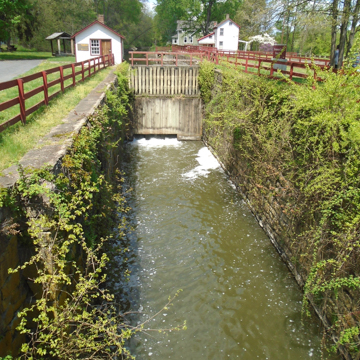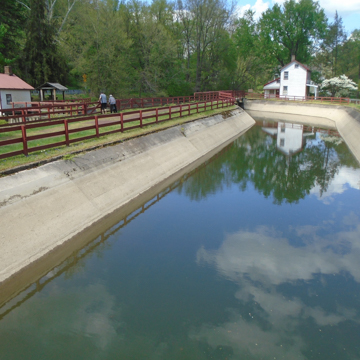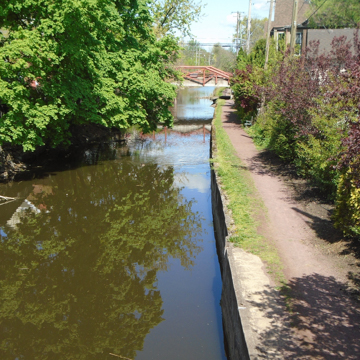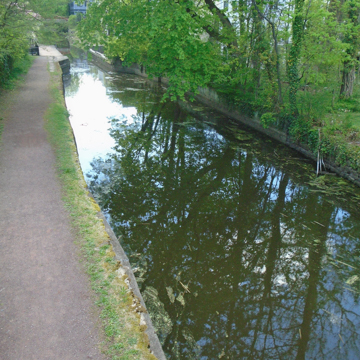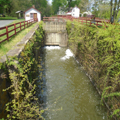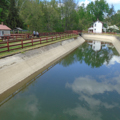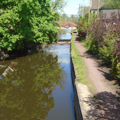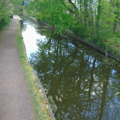Built as a part of the internal improvements of the state, the Delaware Canal was intended to compete with the Erie Canal. It passes from Easton to Fallsington where it joins the Delaware River below the fall line, making it possible for canal boats to make the passage from the coal and lumber districts near Stoddartsville in Lehigh County, via Josiah White's Lehigh Canal (see MN11), to Philadelphia. At its height before the Civil War, one million tons of coal were moved annually by mule and waterpower. The canal lost out to rail and truck transit, closing in 1931 at which time it was acquired by the commonwealth and named by Governor Gifford Pinchot for his fellow conservationist Theodore Roosevelt. Restored with many of its locks and some of its viaducts repaired, it was renamed the Delaware Canal State Park in 1989.
The canal was soon followed by the construction of the branch of the Reading line between the Delaware River and Glenside. Historic transportation systems can be experienced in riverboat tours, mule-powered towboats on portions of the Delaware Canal, which operated from 1832 until 1931, and the steam-powered New Hope and Ivyland Railroad whose terminal ( BU19) is just west of the river.

